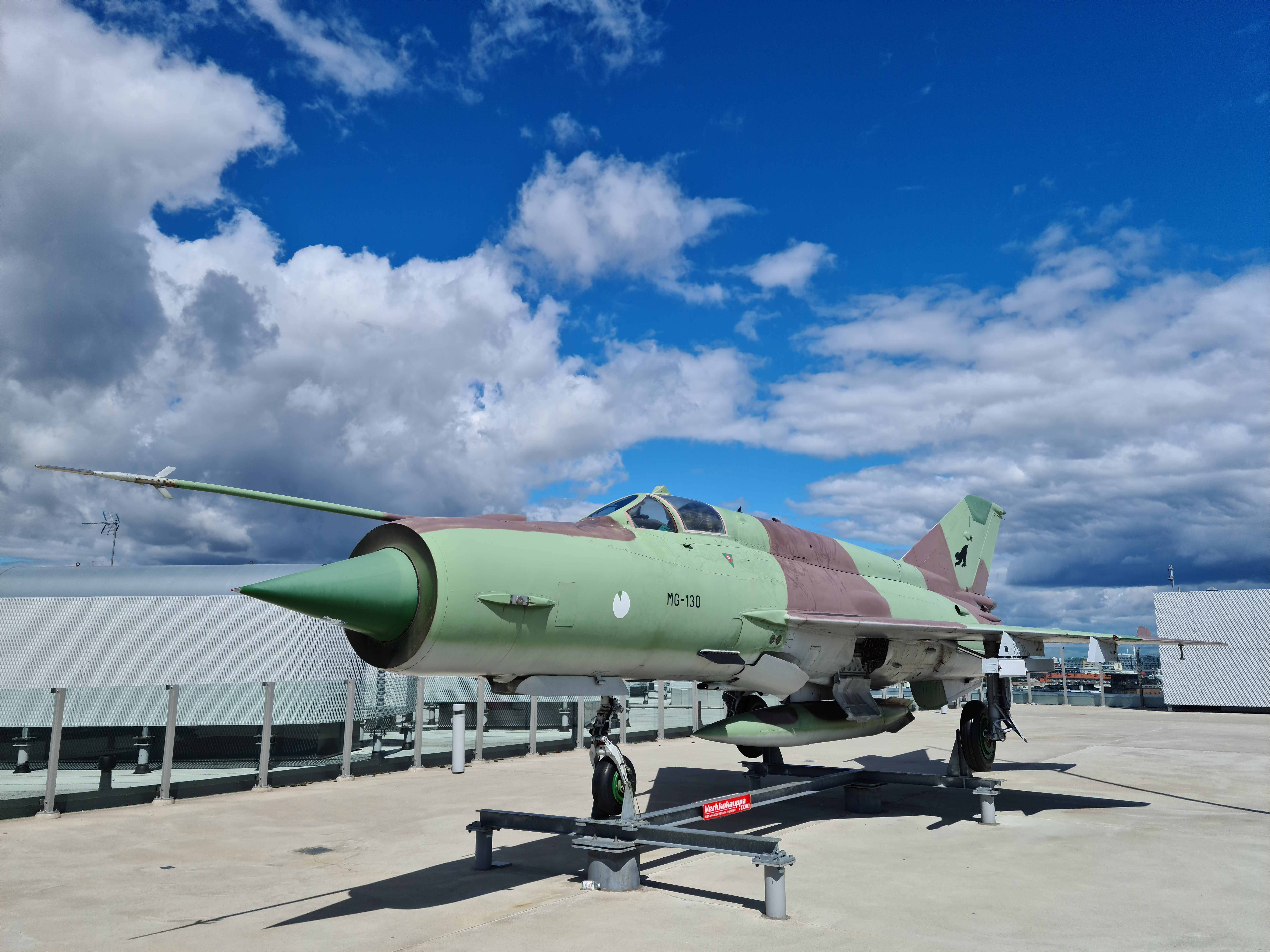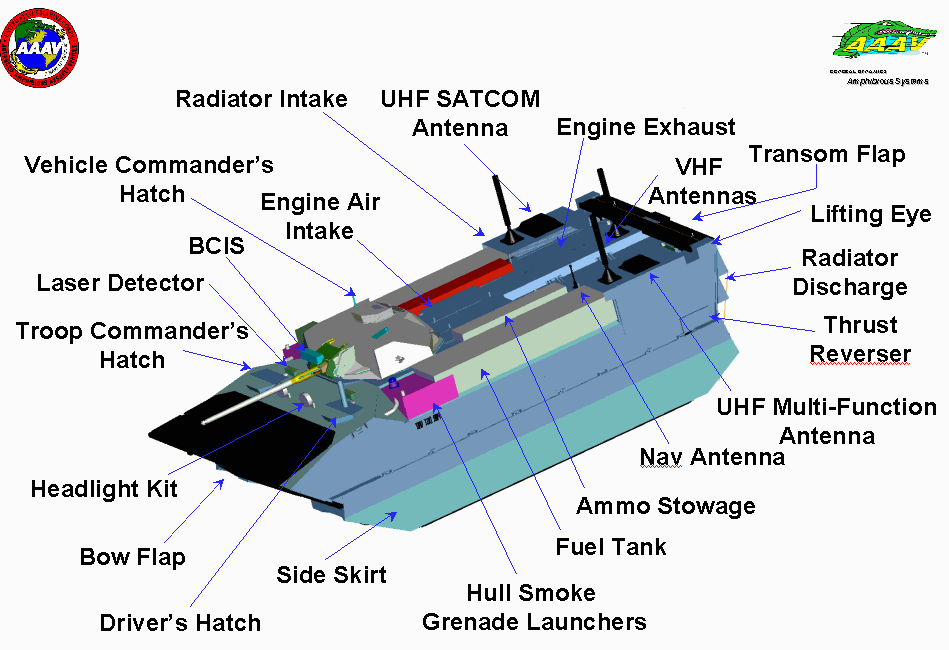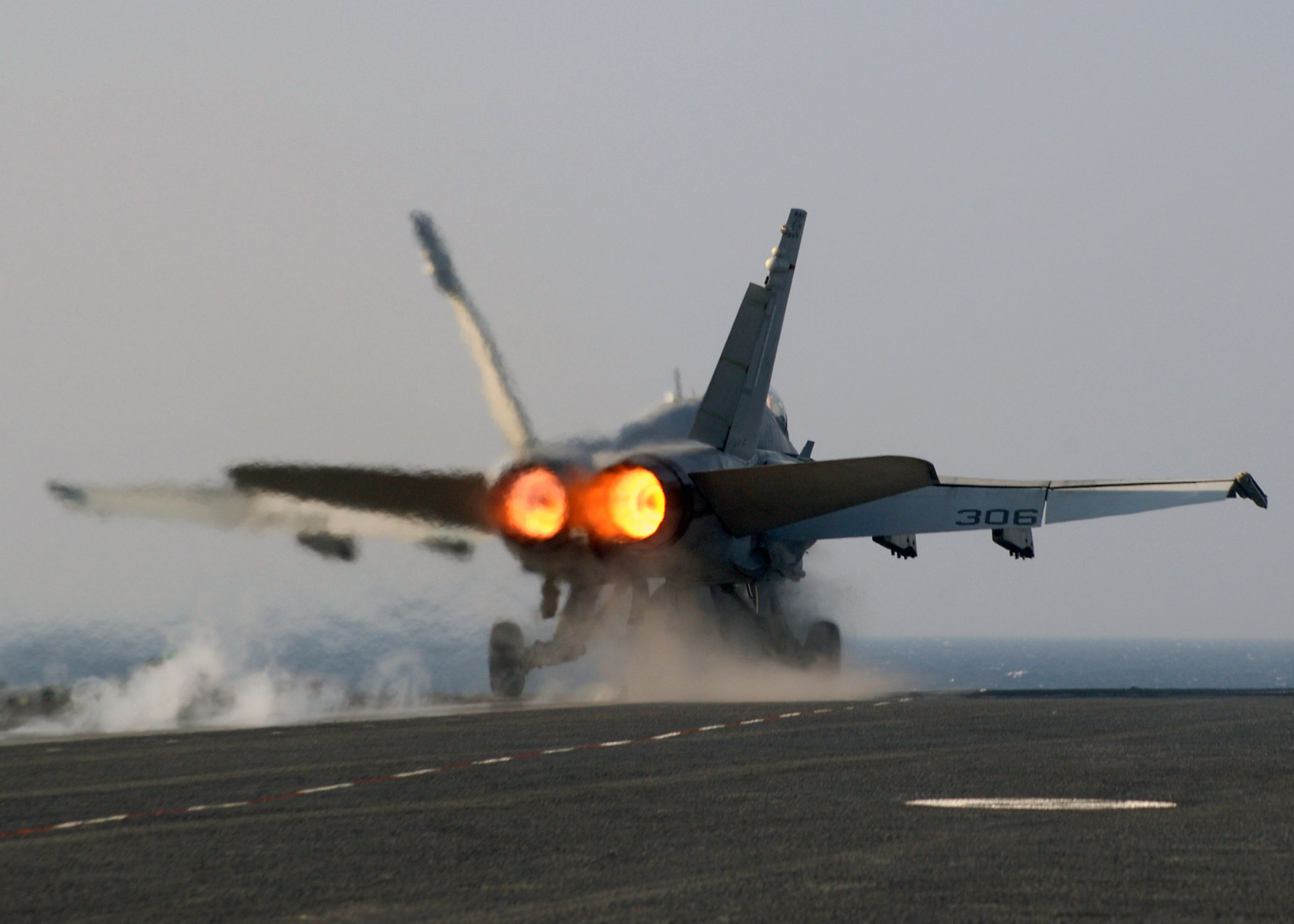|
War Emergency Power
War emergency power (WEP) is a throttle setting that was first present on some American World War II military aircraft engines. For use in emergency situations, it produced more than 100% of the engine's normal rated power for a limited amount of time, often about five minutes. Similar systems used by non-US forces are now often referred to as WEP as well, although they may not have been at the time, as with the German Luftwaffe's ''Notleistung'' and Soviet VVS' ''forsazh'' systems. WEP in World War II aircraft Maximum normal power would be limited by a mechanical stop, for instance a wire across the throttle lever slot. A more forceful push would break the wire, allowing extra power. In normal service, the P-51H Mustang was rated at , but WEP would deliver up to , an increase of 61%. In the P-51D Mustang, the model most produced and used during World War II, the WEP increased engine power from , over 15%. The Vought F4U Corsair, not originally equipped for WEP, later boas ... [...More Info...] [...Related Items...] OR: [Wikipedia] [Google] [Baidu] |
Throttle
A throttle is a mechanism by which fluid flow is managed by construction or obstruction. An engine's power can be increased or decreased by the restriction of inlet gases (by the use of a throttle), but usually decreased. The term ''throttle'' has come to refer, informally, to any mechanism by which the power or speed of an engine is regulated, such as a car's accelerator pedal. What is often termed a ''throttle'' (in an aviation context) is also called a thrust lever, particularly for jet engine powered aircraft. For a steam locomotive, the valve which controls the steam is known as the regulator. Internal combustion engines In an internal combustion engine, the throttle is a means of controlling an engine's power by regulating the amount of fuel or air entering the engine. In a motor vehicle the control used by the driver to regulate power is sometimes called the throttle, accelerator, or gas pedal. For a gasoline engine, the throttle most commonly regulates the amount of ... [...More Info...] [...Related Items...] OR: [Wikipedia] [Google] [Baidu] |
MiG-21
The Mikoyan-Gurevich MiG-21 (; NATO reporting name: Fishbed) is a supersonic jet aircraft, jet fighter aircraft, fighter and interceptor aircraft, designed by the Mikoyan, Mikoyan-Gurevich OKB, Design Bureau in the Soviet Union. Its nicknames include: "''Balalaika''", because its planform (aeronautics), planform resembles the balalaika, stringed musical instrument of the same name; "''Ołówek''", Polish language, Polish for "pencil", due to the shape of its fuselage, and "''Én Bạc''", meaning "silver swallow", in Vietnamese language, Vietnamese. Approximately 60 countries across four continents have flown the MiG-21, and it still serves many nations seven decades after its maiden flight. It set aviation records, becoming List of most-produced aircraft, the most-produced supersonic jet aircraft in aviation history, the most-produced combat aircraft since the Korean War and, previously, the longest production run of any combat aircraft. Development Origins The MiG-21 jet figh ... [...More Info...] [...Related Items...] OR: [Wikipedia] [Google] [Baidu] |
Expeditionary Fighting Vehicle
The Expeditionary Fighting Vehicle (EFV) (formerly known as the Advanced Amphibious Assault Vehicle (AAAV)) was an amphibious assault vehicle developed by General Dynamics during the 1990s and 2000s for use by the US Marine Corps. It would have been launched at sea, from an amphibious assault ship beyond the horizon, able to transport a full marine rifle squad to shore. It would maneuver cross country with an agility and mobility equal to or greater than the M1 Abrams. The EFV was designed to replace the aging AAV-7A1 Assault Amphibious Vehicle (AAV), which entered service in 1972, and was the Marine Corps' number one priority ground weapon system acquisition. It was to have had three times the speed in water and about twice the armor of the AAV, as well as superior firepower. The vehicle was to be deployed in 2015; however, on 6 January 2011, Secretary of Defense Robert Gates recommended the EFV program be canceled. The program, which was projected to cost $15 billio ... [...More Info...] [...Related Items...] OR: [Wikipedia] [Google] [Baidu] |
Rolls-Royce/Snecma Olympus 593
The Rolls-Royce/Snecma Olympus 593 was an France–United Kingdom relations, Anglo-French turbojet with reheat, which powered the Supersonic transport, supersonic airliner Concorde. It was initially a joint project between Bristol Siddeley, Bristol Siddeley Engines Limited (BSEL) and Snecma, derived from the Rolls-Royce Olympus, Bristol Siddeley Olympus 22R engine."Olympus-the first forty years" Alan Baxter, RRHT No15, , p. 135. Rolls-Royce Limited acquired BSEL in 1966 during development of the engine, making BSEL the Bristol Engine Division of Rolls-Royce. Until regular commercial flights by Concorde ceased in October 2003, the Olympus turbojet was unique in aviation as the only turbojet with reheat powering a commercial aircraft. The overall efficiency of the engine in supersonic cruising flight (supercruise) was about 43%, which at the time was the highest figure recorded for any normal Heat_engine, thermodynamic machine. Development The initial design of the engine ... [...More Info...] [...Related Items...] OR: [Wikipedia] [Google] [Baidu] |
Concorde
Concorde () is a retired Anglo-French supersonic airliner jointly developed and manufactured by Sud Aviation and the British Aircraft Corporation (BAC). Studies started in 1954, and France and the United Kingdom signed a treaty establishing the development project on 29 November 1962, as the programme cost was estimated at £70 million (£ in ). Construction of the six prototypes began in February 1965, and the first flight took off from Toulouse on 2 March 1969. The Market (economics), market was predicted for 350 aircraft, and the manufacturers received up to 100 option orders from many major airlines. On 9 October 1975, it received its French certificate of airworthiness, and from the Civil Aviation Authority (United Kingdom), UK CAA on 5 December. Concorde is a tailless aircraft design with a narrow fuselage permitting four-abreast seating for 92 to 128 passengers, an ogival delta wing, and a Droop nose (aeronautics), droop nose for landing visibility. It is pow ... [...More Info...] [...Related Items...] OR: [Wikipedia] [Google] [Baidu] |
Ars Technica
''Ars Technica'' is a website covering news and opinions in technology, science, politics, and society, created by Ken Fisher and Jon Stokes in 1998. It publishes news, reviews, and guides on issues such as computer hardware and software, science, technology policy, and video games. ''Ars Technica'' was privately owned until May 2008, when it was sold to Condé Nast Digital, the online division of Condé Nast Publications. Condé Nast purchased the site, along with two others, for $25 million and added it to the company's ''Wired'' Digital group, which also includes '' Wired'' and, formerly, Reddit. The staff mostly works from home and has offices in Boston, Chicago, London, New York City, and San Francisco. The operations of ''Ars Technica'' are funded primarily by advertising, and it has offered a paid subscription service since 2001. History Ken Fisher, who serves as the website's current editor-in-chief, and Jon Stokes created ''Ars Technica'' in 1998. Its purpose was t ... [...More Info...] [...Related Items...] OR: [Wikipedia] [Google] [Baidu] |
Revolutions Per Minute
Revolutions per minute (abbreviated rpm, RPM, rev/min, r/min, or r⋅min−1) is a unit of rotational speed (or rotational frequency) for rotating machines. One revolution per minute is equivalent to hertz. Standards ISO 80000-3:2019 defines a physical quantity called ''rotation'' (or ''number of revolutions''), dimensionless, whose instantaneous rate of change is called ''rotational frequency'' (or ''rate of rotation''), with units of reciprocal seconds (s−1). A related but distinct quantity for describing rotation is ''angular frequency'' (or ''angular speed'', the magnitude of angular velocity), for which the SI unit is the radian per second (rad/s). Although they have the same dimensions (reciprocal time) and base unit (s−1), the hertz (Hz) and radians per second (rad/s) are special names used to express two different but proportional ISQ quantities: frequency and angular frequency, respectively. The conversions between a frequency and an angular frequency ... [...More Info...] [...Related Items...] OR: [Wikipedia] [Google] [Baidu] |
F-15
The McDonnell Douglas F-15 Eagle is an American twin-engine, all-weather fighter aircraft designed by McDonnell Douglas (now part of Boeing). Following reviews of proposals, the United States Air Force (USAF) selected McDonnell Douglas's design in 1969 to meet the service's need for a dedicated air superiority fighter. The Eagle took its maiden flight in July 1972, and entered service in 1976. It is among the most successful modern fighters, with over 100 victories and no losses in aerial combat, with the majority of the kills by the Israeli Air Force.Spick 2000, p. 127. The Eagle has been exported to many countries, including Israel, Japan, and Saudi Arabia. Although the F-15 was originally envisioned as a pure air superiority fighter, its design included a secondary ground-attack capability that was largely unused. It proved flexible enough that an improved all-weather strike derivative, the F-15E Strike Eagle, was later developed, entered service in 1989 and has been exp ... [...More Info...] [...Related Items...] OR: [Wikipedia] [Google] [Baidu] |
Shock Diamond
Shock diamonds (also known as Mach diamonds or thrust diamonds, and less commonly Mach disks) are a formation of standing wave patterns that appear in the supersonic exhaust plume of an aerospace propulsion system, such as a supersonic jet engine, rocket, ramjet, or scramjet, when it is operated in an atmosphere. The "diamonds" are actually a complex flow field made visible by abrupt changes in local density and pressure as the exhaust passes through a series of standing shock waves and expansion fans. The physicist Ernst Mach was the first to describe a strong shock normal to the direction of fluid flow, the presence of which causes the diamond pattern. Mechanism Shock diamonds form when the supersonic exhaust from a propelling nozzle is slightly over-expanded, meaning that the static pressure of the gases exiting the nozzle is less than the ambient air pressure. The higher ambient pressure compresses the flow, and since the resulting pressure increase in the exhaust gas s ... [...More Info...] [...Related Items...] OR: [Wikipedia] [Google] [Baidu] |
Thrust-to-weight Ratio
Thrust-to-weight ratio is a dimensionless ratio of thrust to weight of a rocket, jet engine, propeller engine, or a vehicle propelled by such an engine that is an indicator of the performance of the engine or vehicle. The instantaneous thrust-to-weight ratio of a vehicle varies continually during operation due to progressive consumption of fuel or propellant and in some cases a gravity gradient. The thrust-to-weight ratio based on initial thrust and weight is often published and used as a figure of merit for quantitative comparison of a vehicle's initial performance. Calculation The thrust-to-weight ratio is calculated by dividing the thrust (in SI units – in newtons) by the weight (in newtons) of the engine or vehicle. The weight (N) is calculated by multiplying the mass in kilograms (kg) by the acceleration due to gravity (m/s). The thrust can also be measured in pound-force (lbf), provided the weight is measured in pounds (lb). Division using these two values still give ... [...More Info...] [...Related Items...] OR: [Wikipedia] [Google] [Baidu] |
Afterburner
An afterburner (or reheat in British English) is an additional combustion component used on some jet engines, mostly those on military supersonic aircraft. Its purpose is to increase thrust, usually for supersonic flight, takeoff, and combat. The afterburning process injects additional fuel into a combustor ("burner") in the jet pipe behind (i.e., "after") the turbine, "reheating" the exhaust gas. Afterburning significantly increases thrust as an alternative to using a bigger engine with its added weight penalty, but at the cost of increased fuel consumption (decreased fuel efficiency) which limits its use to short periods. This aircraft application of "reheat" contrasts with the meaning and implementation of "reheat" applicable to gas turbines driving electrical generators and which reduces fuel consumption. Jet engines are referred to as operating ''wet'' when afterburning and ''dry'' when not. An engine producing maximum thrust wet is at ''maximum power,'' while an engi ... [...More Info...] [...Related Items...] OR: [Wikipedia] [Google] [Baidu] |
Tumansky R-25
The Tumansky R-25 is a turbojet engine, which is seen as the ultimate development of Tumansky R-11. It was designed under the leadership of Sergei Alekseevich Gavrilov. Design and development The Tumansky R-25 was designed as a replacement for the Tumansky R-13 in MiG-21 fighters. The R-25 is a two-spool axial-flow turbojet with a new compressor with increased overall pressure ratio and airflow, variable two-stage afterburner, and greater use of titanium. An unusual addition to the R-25 was an emergency mode thrust boost which increased the compressor speed to 106% and also increased the afterburner fuel flow with the addition of a second afterburner fuel pump. Thrust was increased to below an altitude of . The time limit for its use was 1 minute during training and 2 minutes in wartime, as further use caused the engine to overheat and be irreparably damaged. Use of this WEP required the engine to be removed on landing for inspection. Use of WEP shortened the already limited ... [...More Info...] [...Related Items...] OR: [Wikipedia] [Google] [Baidu] |






